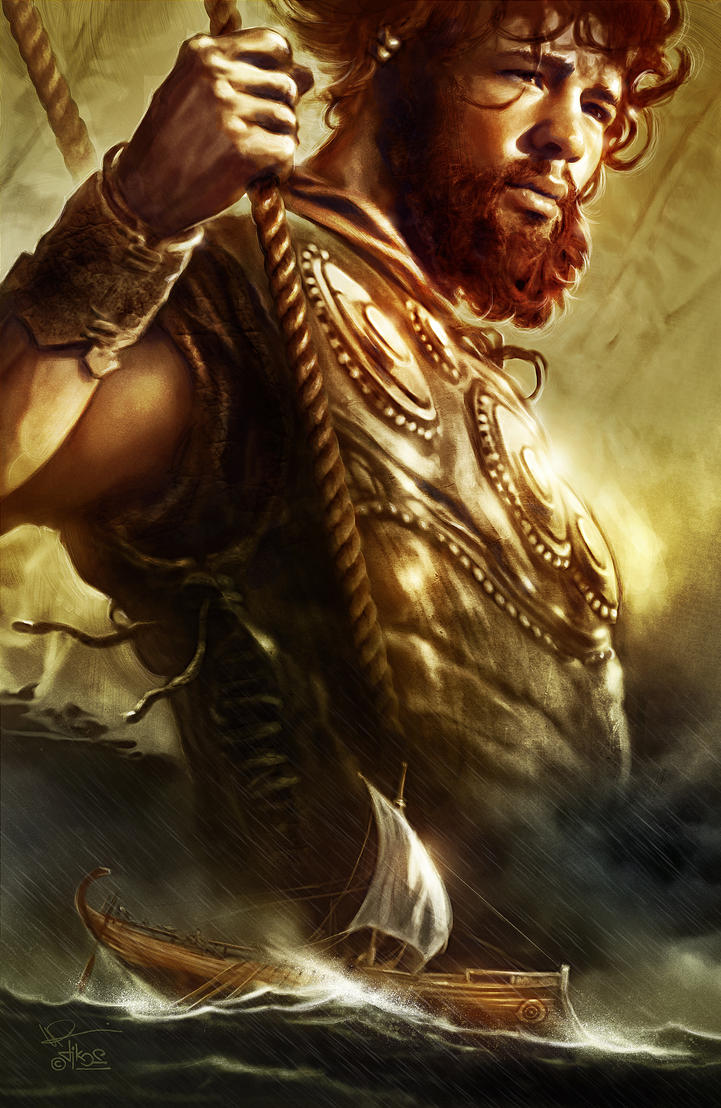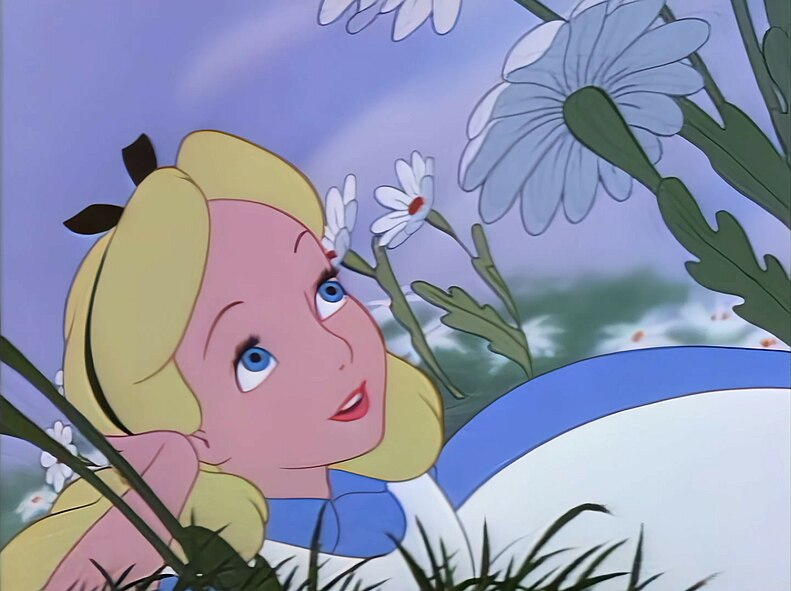 |
| Creative Commons License 3.0 |
After reading the Odyssey last semester, in class we talked about the necessary qualities of an epic. Since my paper's claim is that The Phantom Tollbooth follows the traditional "Hero's Journey" model, I will need to answer this question: "What makes Milo's journey a Hero's Journey? Does he have everything it takes to measure up to Odysseus, Aeneas and Gilgamesh from the great epic journeys of literature?"
We see that Milo takes some key steps toward Epic Hero status, such as when he claims his quest from King Azaz:
"'How true,' said the unhappy king, resting his regal chin on his royal fist as he thought fondly of the old days. 'There must be something we can do about it."[...]
'Perhaps you might allow Rhyme and Reason to return,' said Milo softly, for he had been waiting for just such an opportunity to suggest it" (95).
During the rest of Milo's quest there is a pattern of reiterations of Milo's purpose: each character speaks hopefully of the return of the twin princesses Rhyme and Reason, encouraging the boy to continue down his path. He also makes new friends and obtains special gifts which will empower him to finish his quest. This theme of repetition reminds me of the oral tradition of epic poems, and it makes his journey all the more exciting to read!
The fact that Milo has to travel from point A to point Z, and that he has a unifying, symbolic goal to unite all the aspects of his mission make his journey resemble the great adventure stories in literature. That is the most interesting part for me, and it's one of the reasons why The Phantom Tollbooth has remained my favorite book for so many years, and it's why I've wanted to defend it by explaining how it meets Epic standards.
 |
| Creative Commons License 3.0 |
differences are between these two similar books.
There are plenty of other aspects of the Hero's Journey along Milo's path: mentors, threshold guardians, tricksters, even a journey to the Abyss. Sadly, I don't have room to explain them all here. But I will say that when we love an adventure story, we usually have the backbone of the Hero's Journey to thank.

First of all, that picture you posted instantly drew me to your post. I do wonder though, do you consider The Phantom Tollbooth to be a heroic epic, or the main character to be on the level of Odysseus. From your post, I am thinking you do. The thing that I am curious about is how these two novels/stories are so similar. I haven't read your book yet, so I do not know anything about its plot or plot structure. So I am curious about the connections there.
ReplyDeleteI think that overall I'm trying to classify the entire book as an "epic" rather than simply claim that the protagonist is an "epic hero." That's an important point to think about, though. Thanks!
Delete